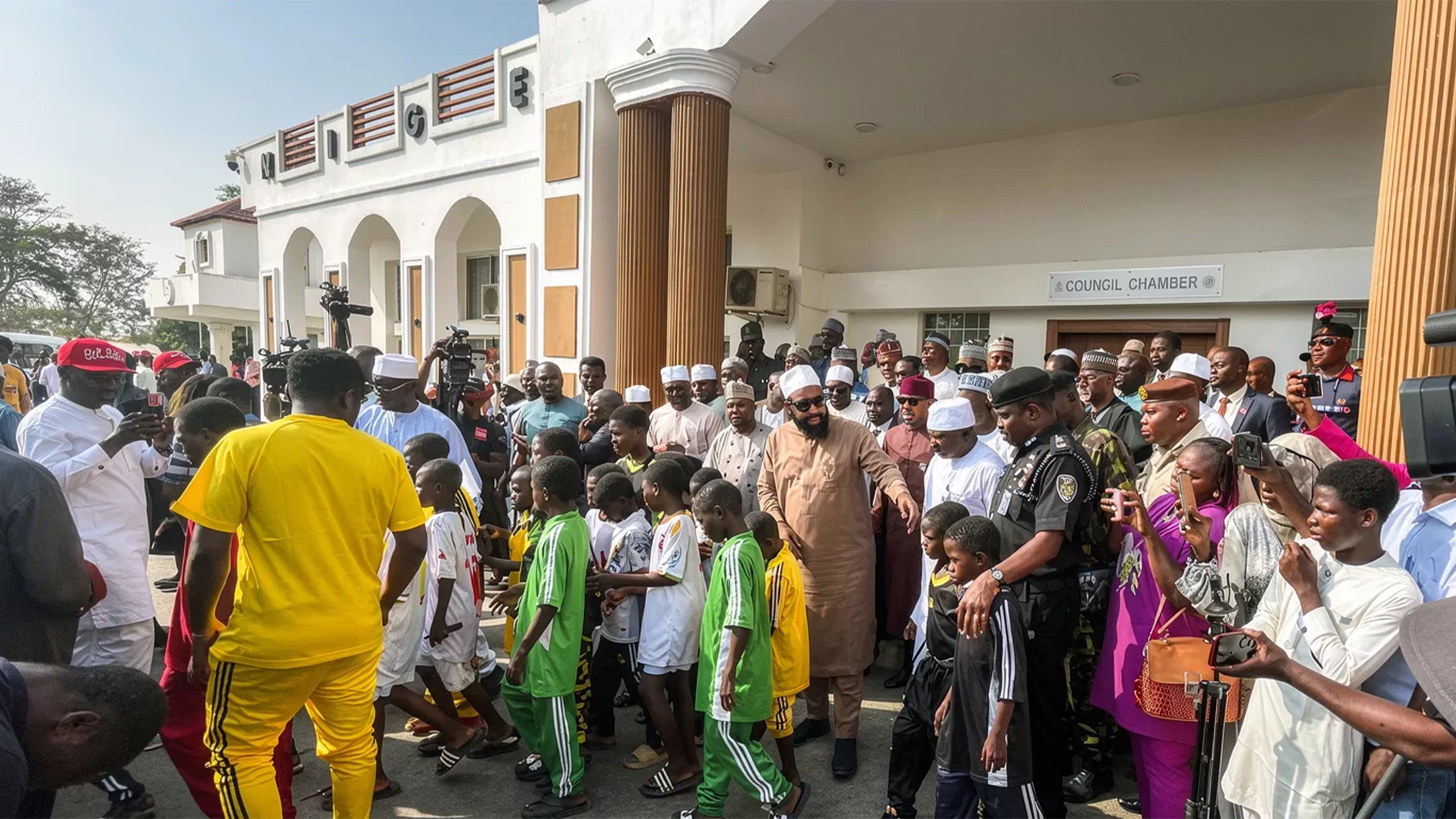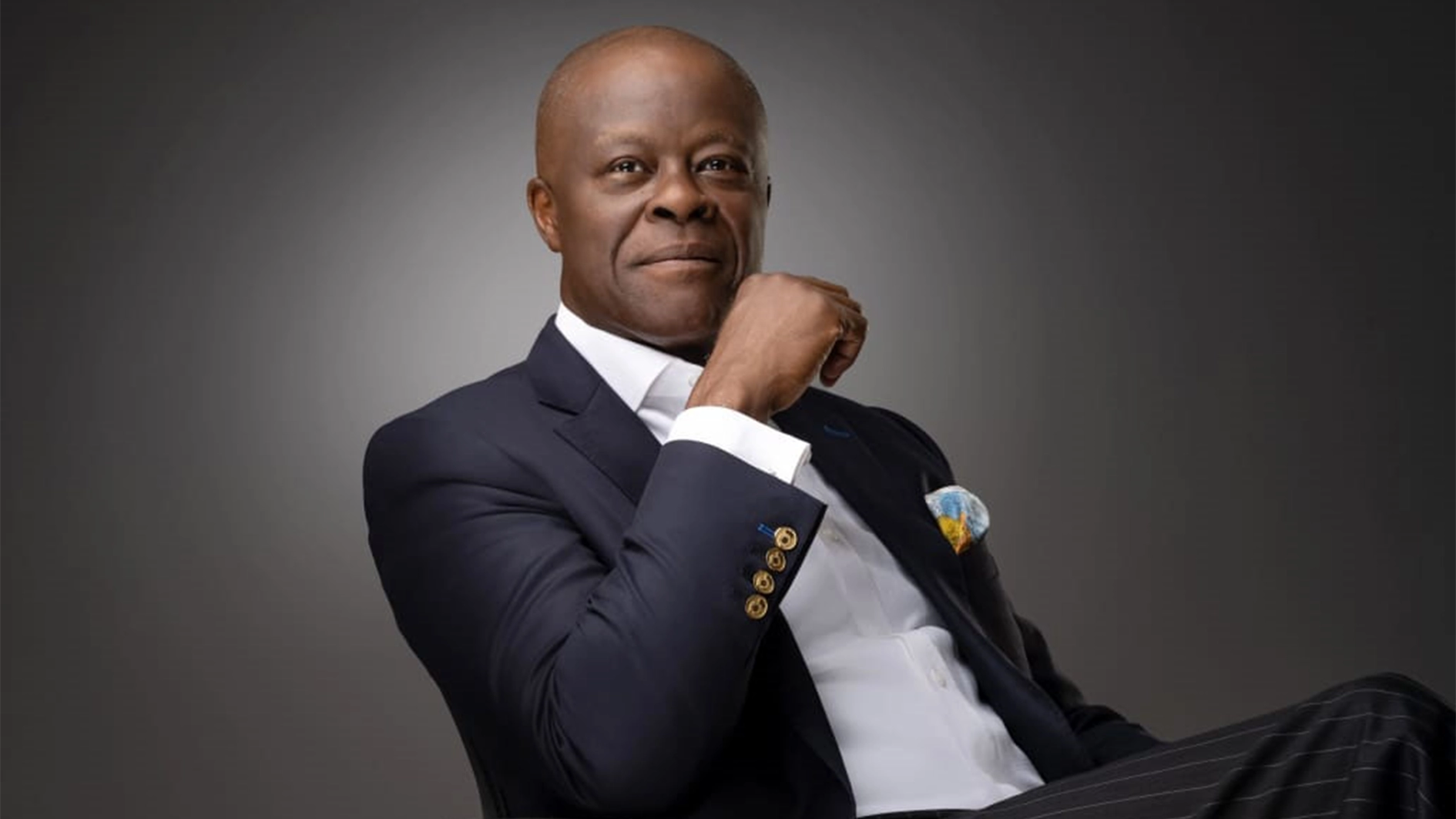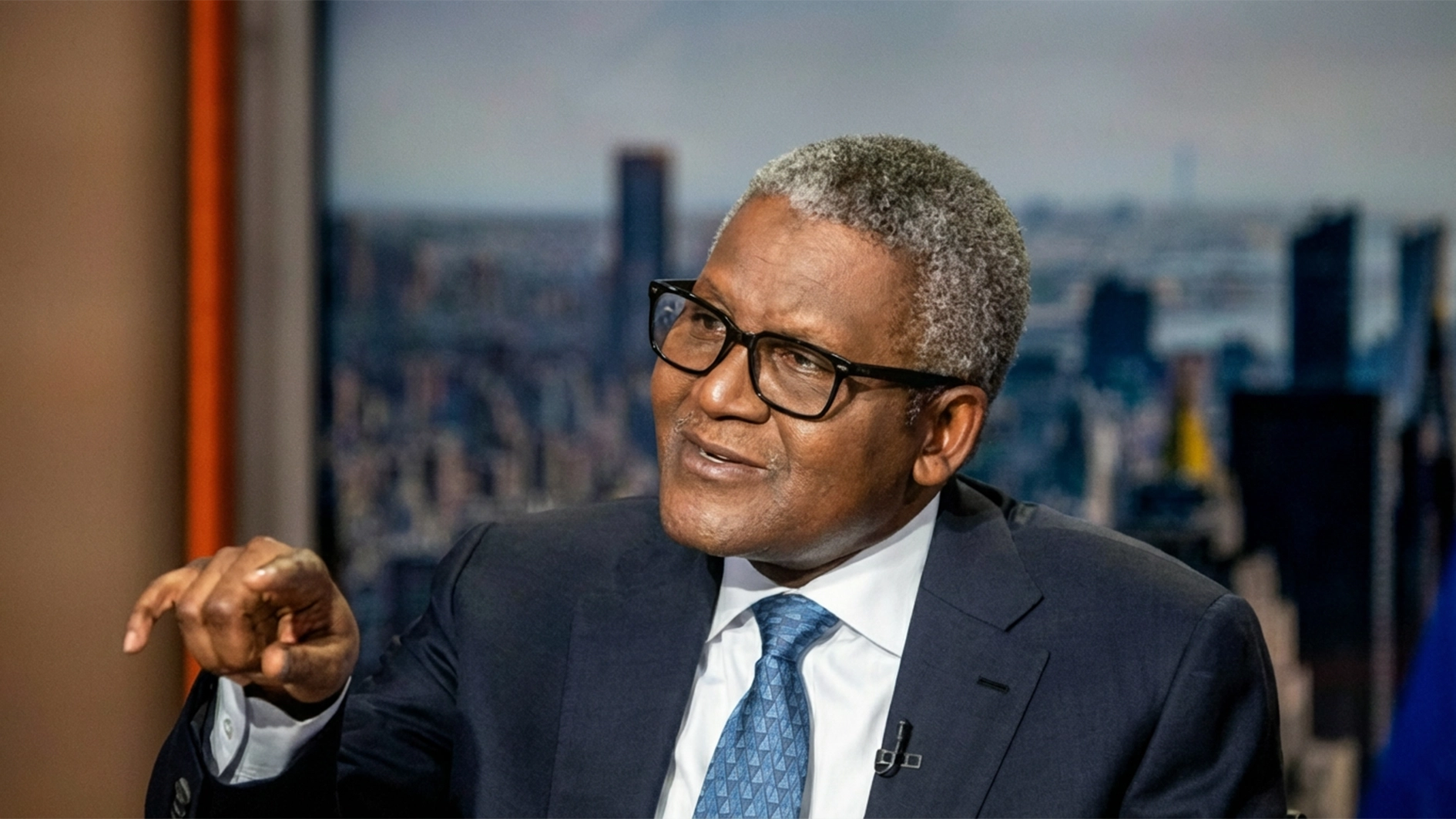• Cheapest 5G smartphone costs minimum wage earner two months’ salaries
• Subscribers lament erratic services amid high data consumption
• Mafab’s 5G remains in limbo as MTN, Airtel struggle to win market
• 6G network may go global in five years
Three years after its commercial launch in Nigeria, the fifth-generation (5G) network remains an exclusive offering available to wealthy customers in major cities, failing to deliver on its mass digital transformation promise.
Prohibitively high cost of compatible devices and limited network expansion, The Guardian understands, are among its bidding constraints.
and to an extent, Mafab, however, brought into the government coffers over $820 million in licensing fees.
Latest data from the Nigerian Communications Commission (NCC) and industry reports confirmed the slow, uneven adoption, with the technology’s penetration rate struggling to move past the low single digits.
Checks by The Guardian showed that as of August 2025, subscription statistics revealed by the NCC, commercial 5G services, which started on September 18, 2022, with MTN launch, have continued to crawl.
The data showed that 5G has penetrated the market by just 3.2 per cent. It means that of the 172 million active telephone connections, just about 5.6 million Nigerians (or 2.6 per cent of the population), largely the wealthy, in major cities currently enjoy the service.
Amid the struggles, 5G has triggered a rise in data consumption in the country. For instance, as of January 2023, data consumption was put at 517,670.15 terabytes, but by August 2025, the figure doubled to 1,152,347.24 terabytes.
Today, the primary obstacle to accessible 5G services is the steep price of 5G-enabled smartphones, placing the technology far beyond the reach of the average consumer. This has been made worse due to the lack of either phone manufacturing or assembly plants in Nigeria.
The Guardian had reported how the monthly smartphone importation bill rose to N50 billion in 2023 due to the absence of Made-in-Nigeria smartphones/devices.
Today, entry-level 5G smartphones are generally priced well above the Federal Government’s minimum wage of N70,000. While a few budget-friendly 5G models can be found starting around N170,000 to N253,600 (as of Q4, 2024), many popular mid-range devices now range from N400,000 up to several millions of naira, with popular brands like iPhone, Samsung and Huawei leading in prices.
This price point contrasts sharply with the affordability of 4G devices, restricting most subscribers to an older network.
Part of the slow adoption of the technology, according to checks, is the 4G/2G dominance. Many Nigerians are still transitioning from the legacy networks.
As of today, 4G is the dominant network in Nigeria with 51.22 per cent of connections, while a significant portion of the populace, about 38.4 per cent, still relies on the older 2G network for basic telephony services.
Checks also showed that 5G routers on both MTN and Airtel networks go for between N70,000 and N80, 000 depending on the bundled versions.
In terms of coverage, 5G remains sluggish in catching up with other variants. MTN claimed to have 5G presence of the network in Lagos, Abuja, Rivers, Oyo, Kano, Imo, Borno, Ogun, Delta, Enugu and Edo states, while Airtel, which started commercial 5G launch on June 19, 2023, is currently in Lagos, Abuja, Rivers, Ogun and Osun.
Even in those states, the services are still limited to urban areas, leaving rural and semi-urban areas to lower networks.
In terms of investments, MTN claimed to have spent about $120 million in rolling out and expanding the network infrastructure.
Chief Financial Officer (CFO) of MTN Nigeria, Modupe Kadiri, last year, disclosed that the firm has invested over $120 million in expanding 5G coverage in over two years on over 2,100 5G sites deployed nationwide.
In MTN Group’s financial statement, the firm disclosed that it has committed to investing $3.5 billion over five years (from 2023) in its Nigerian operations, which includes continued 5G expansion.
The Chairman of Bharti Airtel, Sunil Bharti Mittal, stated in June 2023 that the company plans to invest $700 million yearly over the next three to four years to accelerate the deployment of its 5G network, install fibre optic cables, and build data centres in Nigeria.
This represented a significant increase from their previous yearly capital investment of about $400 million in Nigeria.
On the other hand, Mafab Communications’ 5G deployment in the country has remained unconvincing, and the NCC has continued to defend this lacuna. While there are claims that Mafab offers services in Abuja, it remains difficult to trace where they actually are in the Federal Capital.
At a recent meeting with journalists in Lagos, NCC Director of Technical Standards and Network Integrity, Edoyemi Ogor, insisted that Mafab operates in Abuja.
It is worth mentioning that India, which actually started the service at the same time as Nigeria, as of the first quarter of 2025, boasted over 300 million users. This may serve as a vital lesson for Nigeria.
India, long dogged by regulatory delays and inadequate infrastructure, is now one of the most impressive 5G rollout and uptake stories in the world, boasting of nationwide coverage and almost 300 million users in less than 30 months after the first 5G services were launched.
Recall that in October 2022, following an intense period of spectrum auctions and initial network investments by the country’s two leading operators, Reliance Jio and Bharti Airtel, 5G services debuted in a few select cities across India.
Fast forward to the end of February 2025, and India, a country with a population of more than 1.4 billion people and 1.15 billion mobile connections, has 5G services available in 99.6 per cent of the country’s districts, served by 469,000 5G-enabled base stations.
Speaking on the 5G gap, Telecom Expert, Kehinde Aluko, noted that for most Nigerians, the primary migration remains from 3G to 4G, not to the more expensive 5G ecosystem.
He said the network itself has failed to spread beyond the economic hubs, confining the benefits of ultrafast speed and low latency to a select few urban centres.
According to him, telecom operators, including MTN, Airtel, and Mafab Communications, have focused their deployments primarily on Lagos, Abuja, and Port Harcourt. He said while this strategy targets high-value corporate and business customers, it has left the vast majority of Nigeria — including crucial suburban and rural areas—without access.
From his perspective, the President of the National Association of Telecom Subscribers of Nigeria (NATCOMs), Chief Deolu Ogunbanjo, condemned the mode of 5G services offered by the licensees, stressing that it appears the network has further compounded service quality in the country.
Ogunbanjo said even though the operators got a 50 per cent tariff hike earlier in the year, “they have not been able to improve service quality. In fact, investigations I carried out on 5G showed that people have yet to enjoy the service. Apart from huge device cost and slow expansion, expected returns for the few users in the country have been abysmally poor.
“These operators are just milking Nigerians. I think it is high time the NCC investigated this. People are not getting benefits for the money spent. It is a source of concern. In a few years from now, 6G will debut and another rush will be to migrate, kicking off another round of exploitation. We need to get it right with 5G, even 4G still struggles significantly here in Nigeria.”
Indeed, while 5G hasn’t yet hit its stride, 6G is already on the horizon.
Speaking at a summit, Qualcomm Chief Executive Cristiano Amon puts a timeline on 6G, predicting the technology will offer faster Internet speeds and integration with the artificial intelligence of the late 2020s and 2030s.
Sixth generation (6G), he said, will force researchers to shift their architecture framework, requiring new memory systems and advanced neural processing units to handle the AI workload.
Even with its expected 2028 debut, 6G as a standard is a good way away. Amon said that year is when he expects the first “pre-commercial devices” to roll out, meaning it could be 2030 or so before telecom companies begin pushing 6G to customers.
“Don’t expect 6G to be just about phones. The smartphone will act more as a hub serving other technologies. Devices like smartwatches and smart glasses are expected to evolve, working with the phone to do everything from handling apps like your calendar and paying your bills to offering real-time information as you walk about. Cars will use the technology as well, supplementing the processing power on your phone,” he stated.
In Nigeria, operator efforts have been hampered by a cocktail of infrastructure challenges.
According to the Chairman of the Association of Licensed Telecom Operators of Nigeria (ALTON), Gbenga Adebayo, the severe depreciation of the naira, high inflation and reliance on imported, dollar-priced equipment have widened the financial mismatch for operators who earn revenue in Naira.
Adebayo said widespread dependence on expensive, diesel-powered generators to run telecom sites drastically inflates operational costs, discouraging broader and deeper infrastructure investment.
According to him, the need for dense fibre optic backhaul, costly tower upgrades, and the deployment of “small-cell technology” for the high-frequency 5G spectrum have made rapid, widespread expansion financially challenging.
Further reports have warned that until the costs of 5G-compatible devices drop significantly and network coverage is expanded beyond the major cities, the revolutionary potential of 5G for national development will remain largely unrealised, creating an ever-widening “digital divide” between the rich and poor regions of the country.






